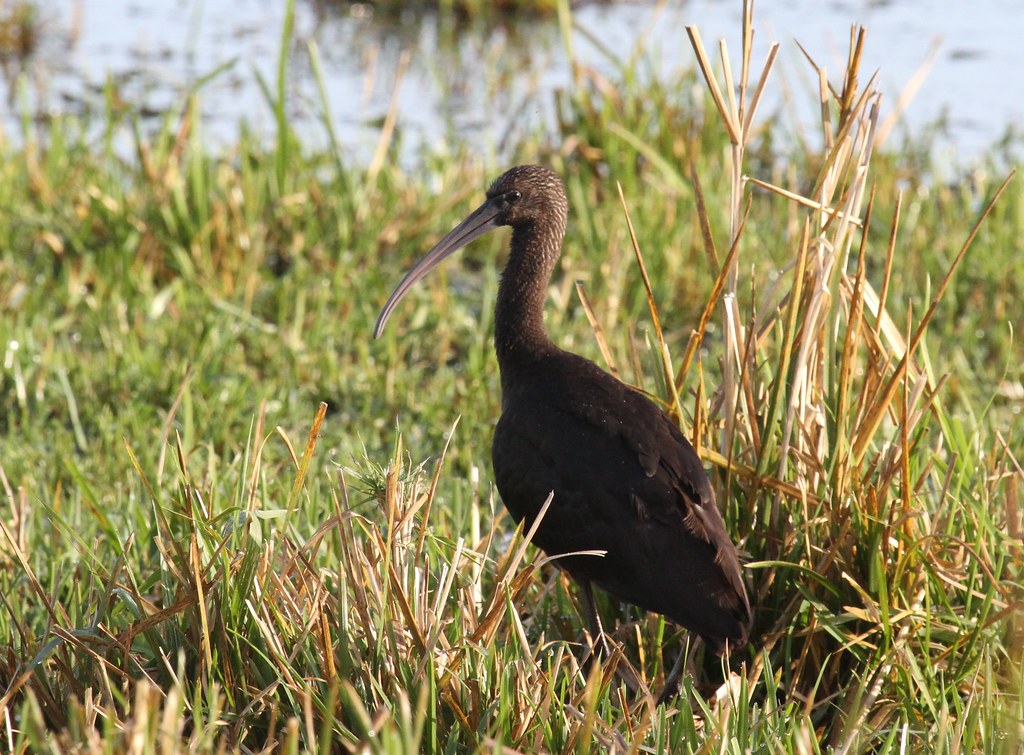 |
| The Scillonian III from Bar Point, St. Mary's with a Grey Seal pup in the foreground | |
After watching the England u21 football team beat Rumania 2-1 at
Carrow Road, Mark Golley and I set out on Friday night for Land's End,
to catch our flight to the Isles of Scilly. The journey was quite
eventful, finding a freshly-dead Otter lying in the middle of the A303
(at about 3am) and then having great views of a Badger feeding on the
side of the road just before the M5. The badger was feeding on a grass
verge on the side of the A30 and wasn't overly fussed about our
presence.
We arrived at Land's End at just after 5am and set
about getting a few hours kip in the car before having a full-English
and then catching our 9.50 flight over to St. Mary's. We checked into
our apartment and started to unpack, but after only 10 minutes in the
house the Mega-alert was sounding with the message "MEGA Black-eared
Wheatear, Isles of Scilly, St. Mary's at Star Castle". We were off!
We
headed up to the Garrison to find 50 or so birders milling around
aimlessly. The bird had flown off and nobody had managed to relocate it.
I took the opportunity to catch up with a few birders I'd not seen for a
while (Ian Lewington, Dick Filby, Will Wagstaff and a few others), but
not long later the bird was relocated on the rocks at the bottom of the
King Charles battery. It fed on the cliff sides and on the big boulders
below. Judging by the lovely buffy tones of this bird it is certainly a
Western Black-eared Wheatear.
After doing our groceries shopping,
Mark and I grabbed a pasty from the Kavorna and caught the bus up to
MacFarland Downs. At this point I feel that I should mention something
about the amount of birders on the island. There was about 100 people at
the wheatear, plus I guess there might be quite a few people on the
off-island, but it appears that although 100 people could make it to see
a rare wheatear, hardly any of them could actually make it out birding.
Mark and I walked the whole length of the island this afternoon (Bar
Point to The Garrison) and only saw about 10 people out birding, so it
appears that there are hardly any birders on the island at all. This is
good in one way – if there's something cripplingly rare out there,
perhaps we'll have a chance of finding it, but the downside of this is
that if we, or a handful of other birders don't find it, it could be
quite a rare-free week.
Anyway, we headed across MacFarland Downs,
across to the bulb dump, down to the shore, along to Bar Point and then
back to Hugh Town via Porthloo. The best bird we saw was only a Pied
Flycatcher, but a few Spotted Flycatchers, Common Sandpiper and a few
Northern Wheatears broke up the afternoon.
There was also a nice seal
pup hauled up on a boat launch near Bar Point which lay still long
enough to get it in frame with the Scillonian Ferry in the background.
You can right-click 'View image' to get larger images of the photos below.
 |
| Western Black-eared Wheatear |
 |
| Western Black-eared Wheatear |
 |
| Western Black-eared Wheatear |
 |
| Western Black-eared Wheatear |
 |
| Western Black-eared Wheatear |
 |
| Western Black-eared Wheatear |
 |
| Pied Flycatcher |
 |
| Pied Flycatcher |





















































